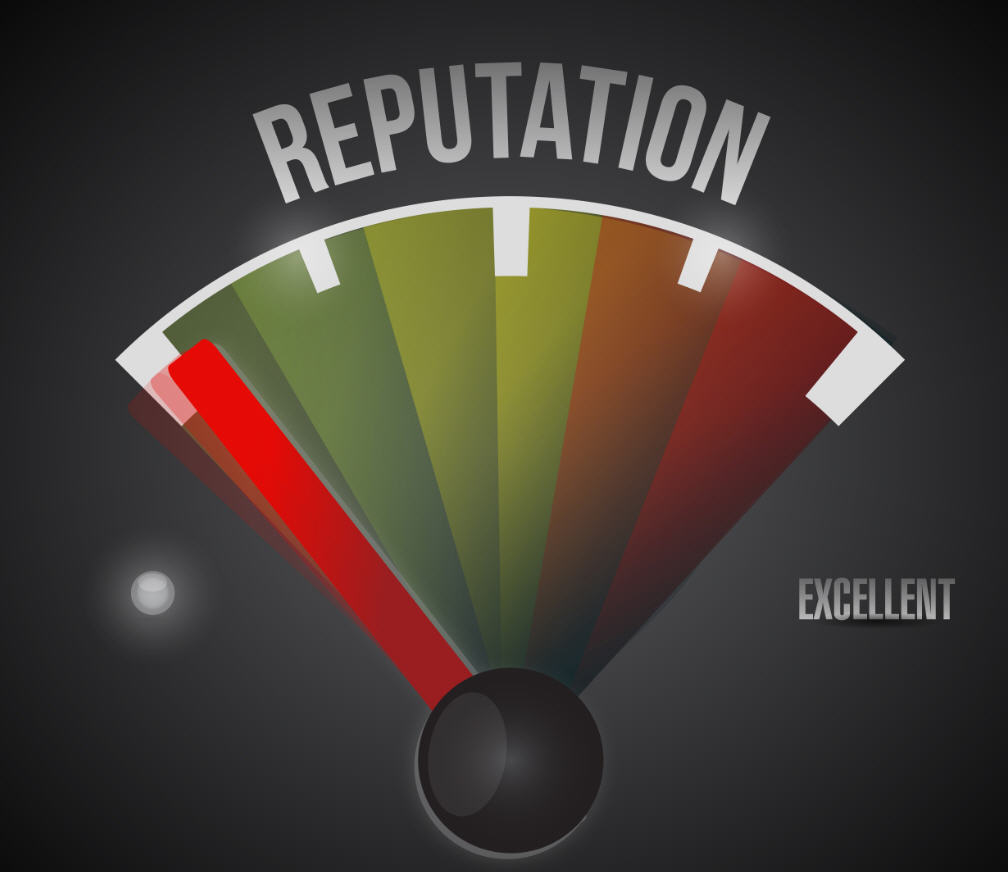How a unified view of risk protects a bank’s reputation
October 19th, 2015

Recently, we commissioned a global survey of financial service executives to learn more about risk management trends and practices on a global basis. One of the questions specifically asked the respondents about their top drivers for centralizing financial crime and compliance risk management – how they prioritized them surprised me and may surprise you as well.
The top three focus areas cited by these executives were reputational damage protection, transparency and regulatory scrutiny, and finally, the financial implications of financial crime and fines. Despite the industry incurring more than $184 billion in fines between 2009 and 2014, despite ever-increasing value of fraud and theft (with at least one string of thefts totaling over $1 billion), and despite higher levels of regulatory scrutiny, more than 50% of respondents said that the bank’s reputation was their number one, primary concern.
This leads me to believe that beyond just looking at financial crime and risk overall, business-minded executives are sharply focused on their institution’s brand value which is a critical component of reputation. Supporting this thought, BrandFinance, a UK branding consultancy, released its own rankings of the top 500 bank brands earlier this year which showed that the top valued brand, Wells Fargo, is worth almost $35Bn (it is important to note that BrandFinance’s definition of brand value includes “marketing related intangible assets” like names, symbols, and logos – not financial metrics like revenue, P/E ratios, etc.). In fact, if you add up BrandFinance’s brand rankings, the top 10 brands together have a “brand value” worth almost $255 Billion and have revenues of almost $650 billion by last count. When compared to the $184 Billion in fines – which was paid out by 48 institutions over the course of five years – you begin to get a bit more context on why reputational damage ranks number one on the list. In short, when and if the brands are compromised, there is likely to be a powerful effect on the bank’s overall business that is much stronger than just paying more fines and penalties.
While we can speculate that brand value (and obviously shareholder value as well) are reasons that banks stay attuned to reputational considerations, what are the other possible reasons behind executives rating the bank’s reputation as their top concern? One other reason might be that gaining back a tarnished reputation can be quite difficult, take time, and certainly a whole lot of money. In some cases, customers’ trust might never be earned back. Reputation is that critical intangible that keeps customers and attracts new ones, therefore holding a powerful place in a bank’s growth and overall business health.
But what does this all this discussion of reputation and brand have to do with compliance and risk? The more unified a bank’s processes, controls and operations, the more readily a bank can uncover or even prevent compliance or financial crime related issues. Well implemented best practices in risk management also give regulators a more transparent picture as to how a bank is managing risk and dealing with potential problems in its systems. Therefore, a unified view of risk covers all three of the drivers that are keeping the banks up at night.
When combined with a strong culture of compliance, a bank’s unified view of risk ultimately protects a bank’s reputation while improving workflows and cost efficiencies. While many drivers keep bank leaders tossing and turning, we think a unified view of risk management might be an antidote for a better night’s sleep.




